Regardless of the nature of the business, no office employee or remote worker wants to work in a space that is poorly designed or decorated.
The common culprit is lighting — long exposure to harsh lights can lead to migraines or vertigo.
This is why light design and taking care of the office’s illumination are crucial, yet sometimes overlooked.
Today, we’ll guide you toward the best option to improve your office’s looks and productivity.
The science behind light
Lighting can have an effect on people’s health and well-being.
A study by Kaplan and Kaplan titled The Experience of Nature: A Psychological Perspective shows the psychological effect of light and colour.
- Blue or white light suppresses melatonin levels, which can disrupt sleep patterns and make a person more energetic if exposed to it before going to bed.
- Red or amber light increases melatonin levels, which can improve mental health when exposed to it in the evening.
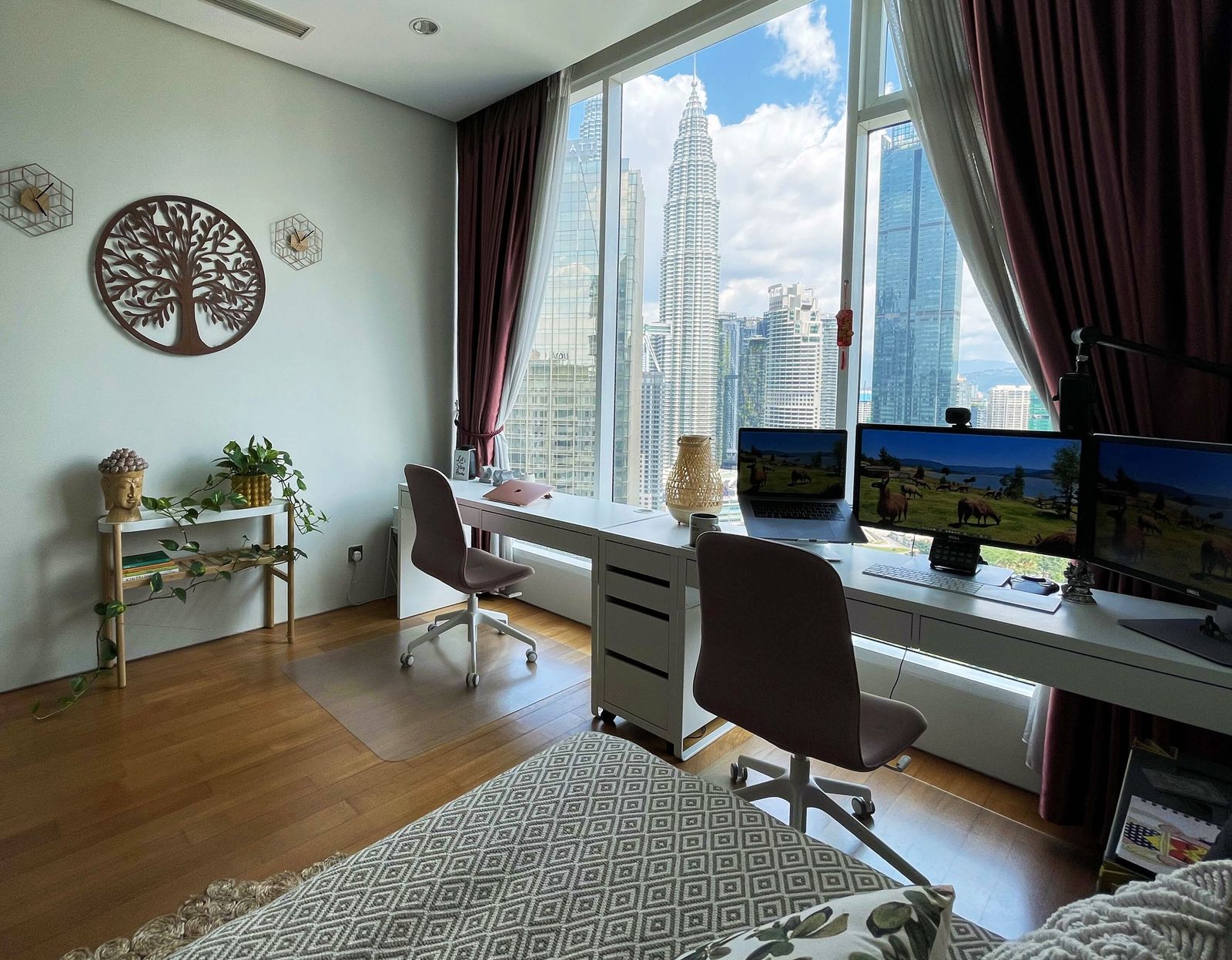
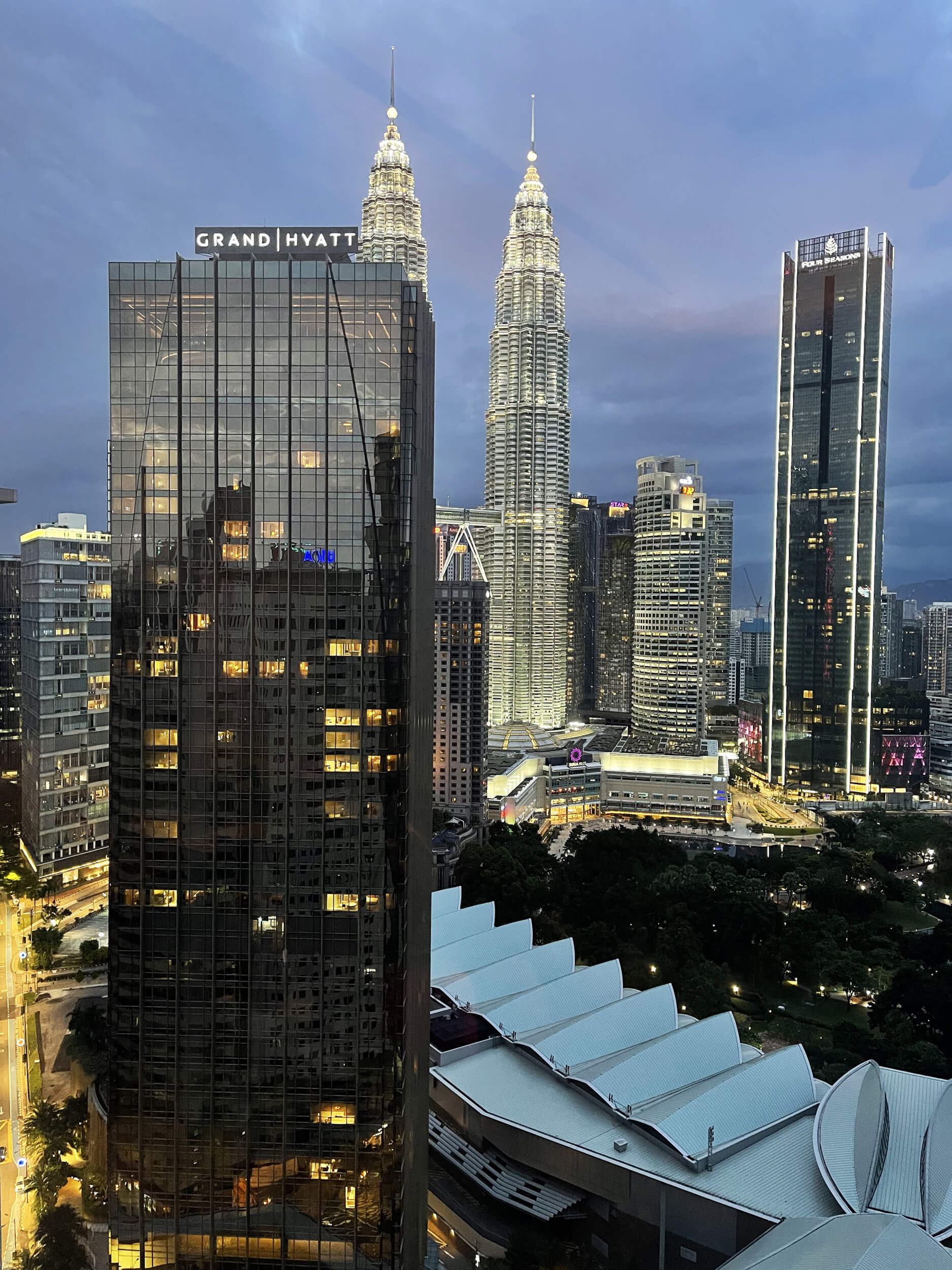
The American Academy of Sleep found that “those with windows in the workplace received 173% more white light exposure during work hours and slept an average of 46 minutes more per night compared to workers in offices without windows”.
This proves that light has a more profound effect on our health and productivity than one would think.
Natural lighting
Natural light is beneficial to humans.
Even a little exposure can do wonders for our health, especially when we spend 90% of our day indoors.
Alan Hedge, a professor at Cornell, found that workers in offices with abundant natural light reported an 84% reduction in eyestrain and other symptoms, such as blurry vision and headaches.
The study also found that there was a 2% increase in productivity, resulting in an additional $100,000 per year for every 100 workers.
Considering these numbers, installing modern Canadian energy-efficient windows could provide a significant return on investment (ROI).
What are the best windows for natural light?
Picture windows
They are among the largest windows you’ll find, with a floor-to-ceiling size that allows maximum sunlight to enter.
Their size and design provide picturesque views and a grand appearance to your office.
The only downside is that they cannot be opened, so they do not provide ventilation.
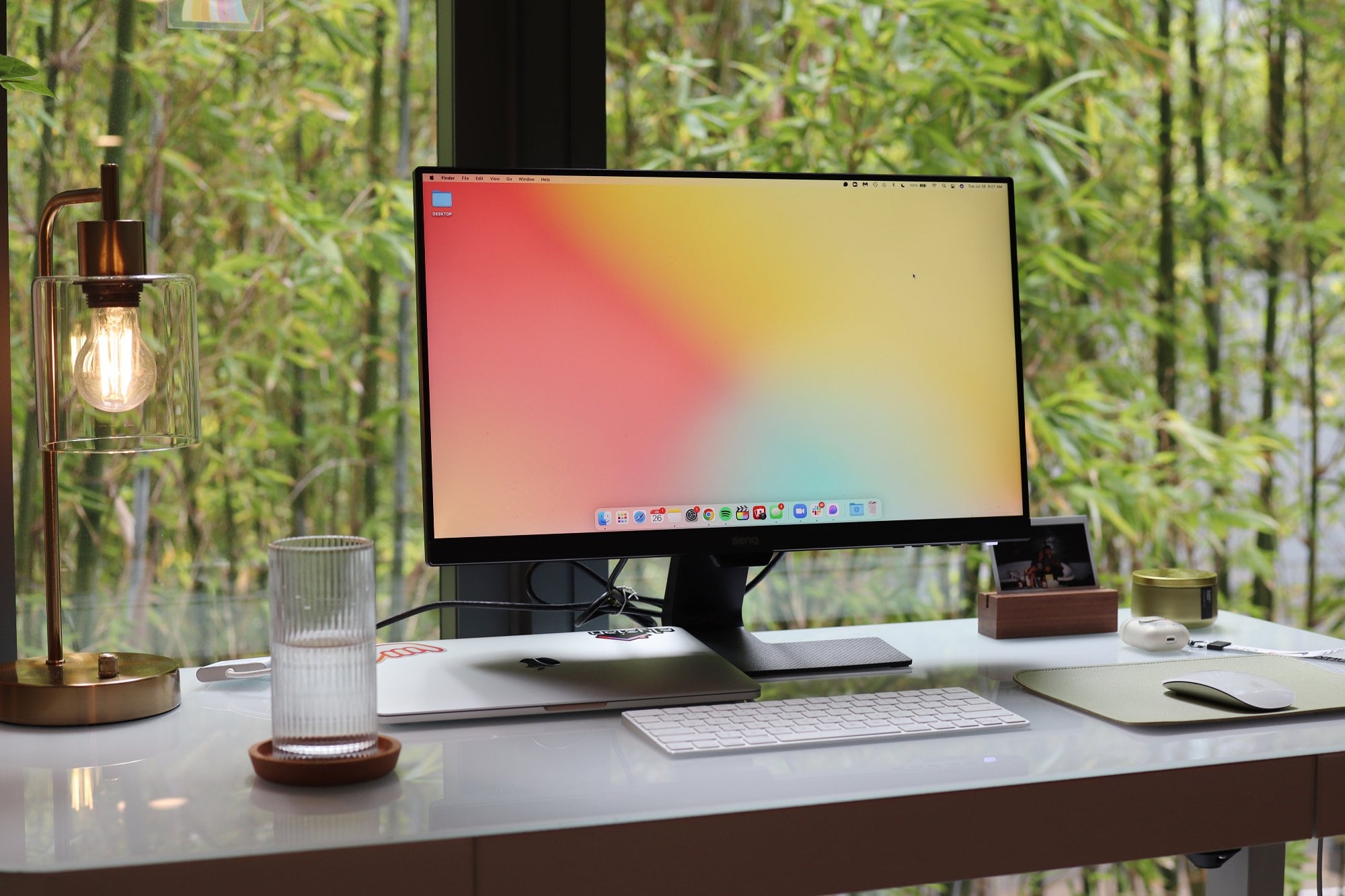
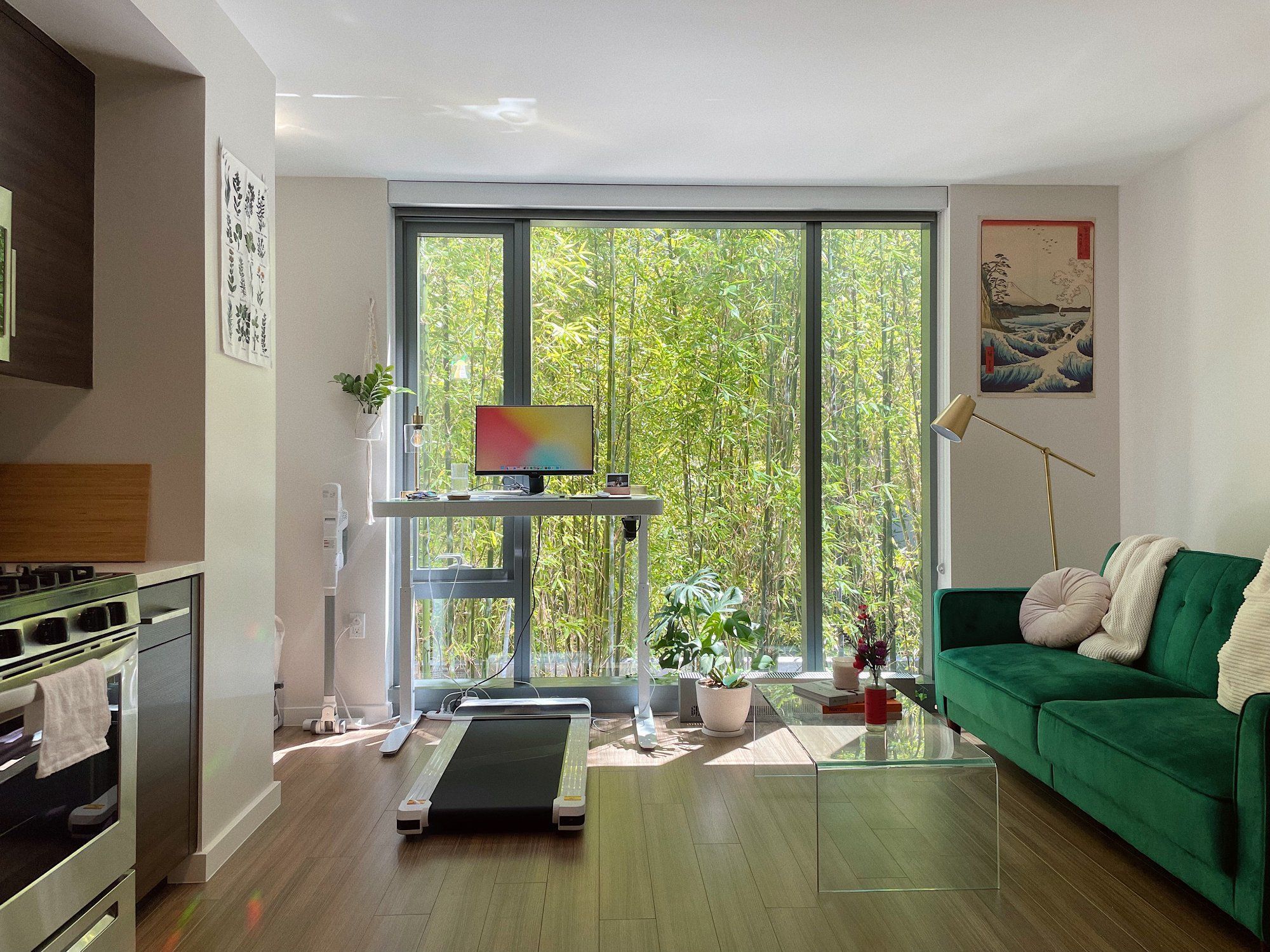
Skylights
This is a good alternative option, particularly if your office has high ceilings.
They add a beautiful touch to the aesthetic of your workspace.
Additionally, they offer more warmth since they allow almost 30% more sunlight than other window styles.
However, skylights are expensive and require professional installation.
Casement
Casement windows are in high demand in traditionally designed offices requiring optimal ventilation and a clean, clutter-free look.
These models are also the most energy-efficient option, allowing you to save on utility bills.
Window treatments for maximum control over natural light
Though many think they’re unnecessary, it is your choice to add a touch of style to the company’s workspace.
But it’s not just about the looks — the best window treatments allow for full control over natural light and privacy in your office.
Blinds
There are vertical blinds, Venetian and roller blinds. You can have motorised shades, which are convenient in the workspace — you can adjust them remotely from any device.
Shutters
Shutters offer more temperature, light and privacy control. They’re excellent insulators and generally require low maintenance, yet they can be challenging to install and are more expensive than blinds.
Artificial lighting
If you cannot have daylight in the office where your employees spend most of their time, you should illuminate the area with the closest possible temperature to natural daylight.
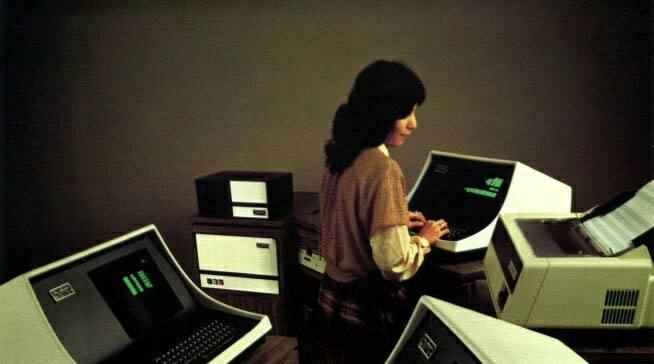
Avoid fluorescent lights
It may be obvious not to use the dreaded fluorescent lights, but it’s necessary to remind that this type of lighting can be too harsh on the eyes.
It’s also susceptible to flickering, which causes:
- Eye strain
- Blurred vision
- Headaches
Consider LED office lights
LED lights are a fairly new way to save energy and money in the long term.
They may be more expensive than fluorescent lights, but they have a longer lifespan and save nearly 90% of energy since they don’t use infrared radiation.
Adjusting the light to the time of day can improve health benefits for your employees, and you can dim most LED lights.
Bonus: they can be used in almost any type of fixture.
Colour and Temperature
Cool lighting
Blue or cool-toned lights are best for brainstorming settings or rooms where you need active staff.
A two-month study conducted by the University of Greenwich discovered that workers felt happier, more alert and experienced less eye strain when under “blue-enriched light bulbs”.
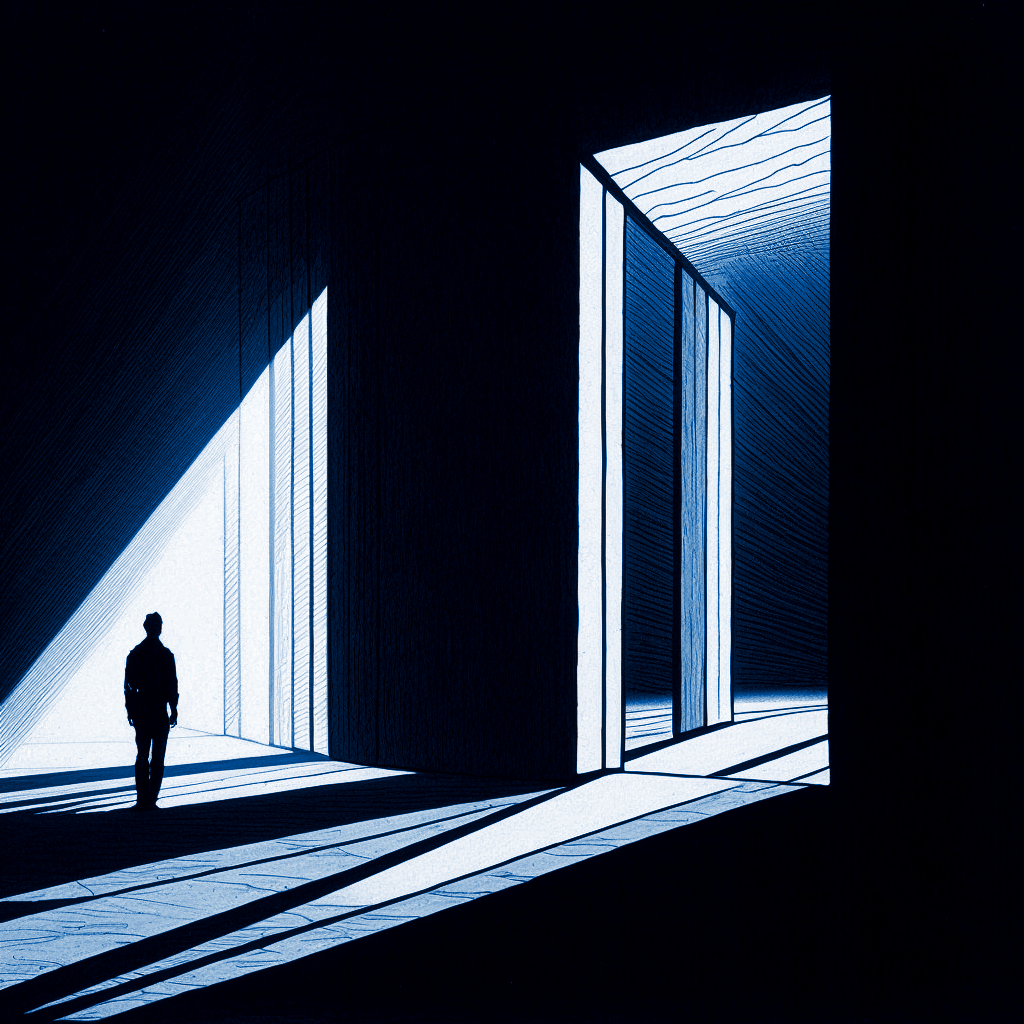
These colours:
- Support mental acuity, vitality and alertness
- Reduce fatigue
- Reduce daytime sleepiness
Warm lighting
Orange, yellow or warmer tones have the opposite effect. These colours are best for break areas in the office as they:
- Create comfort and trust
- Increase sleepiness
- Improve relaxation
Neutral lighting
Neutral light works best in conference rooms and productivity areas. It improves cooperation and productivity.

How to boost energy savings when installing artificial lighting?
LED lights already save energy, but what else can you consider?
- Motion sensors: they turn the lights on when someone walks in and turn them off a few minutes after no movement is sensed.
- Timers: If your staff leaves within a specific schedule, consider installing timers to avoid having the lights turned on when no one is in the workspace.
- Daylight: Use as much natural light as possible during the day instead of artificial light.
What’s the next big thing in office lighting?
Circadian lighting, as part of Human Centric Lighting, could help us live in balance with our natural rhythm, even during our 9 to 5.
Our circadian rhythm has a 24-hour cycle, which needs to differentiate between night and day to produce or suppress melatonin.
Lighting design is now taking these factors into account, and new illumination products are being developed to automatically adjust colour and light intensity through networked lighting management systems.
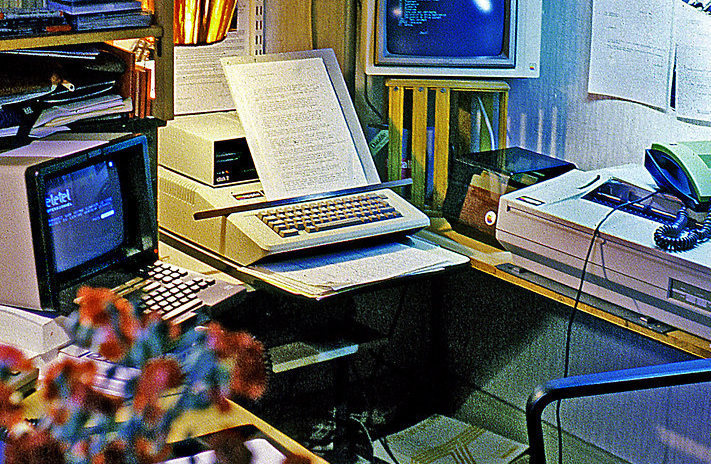


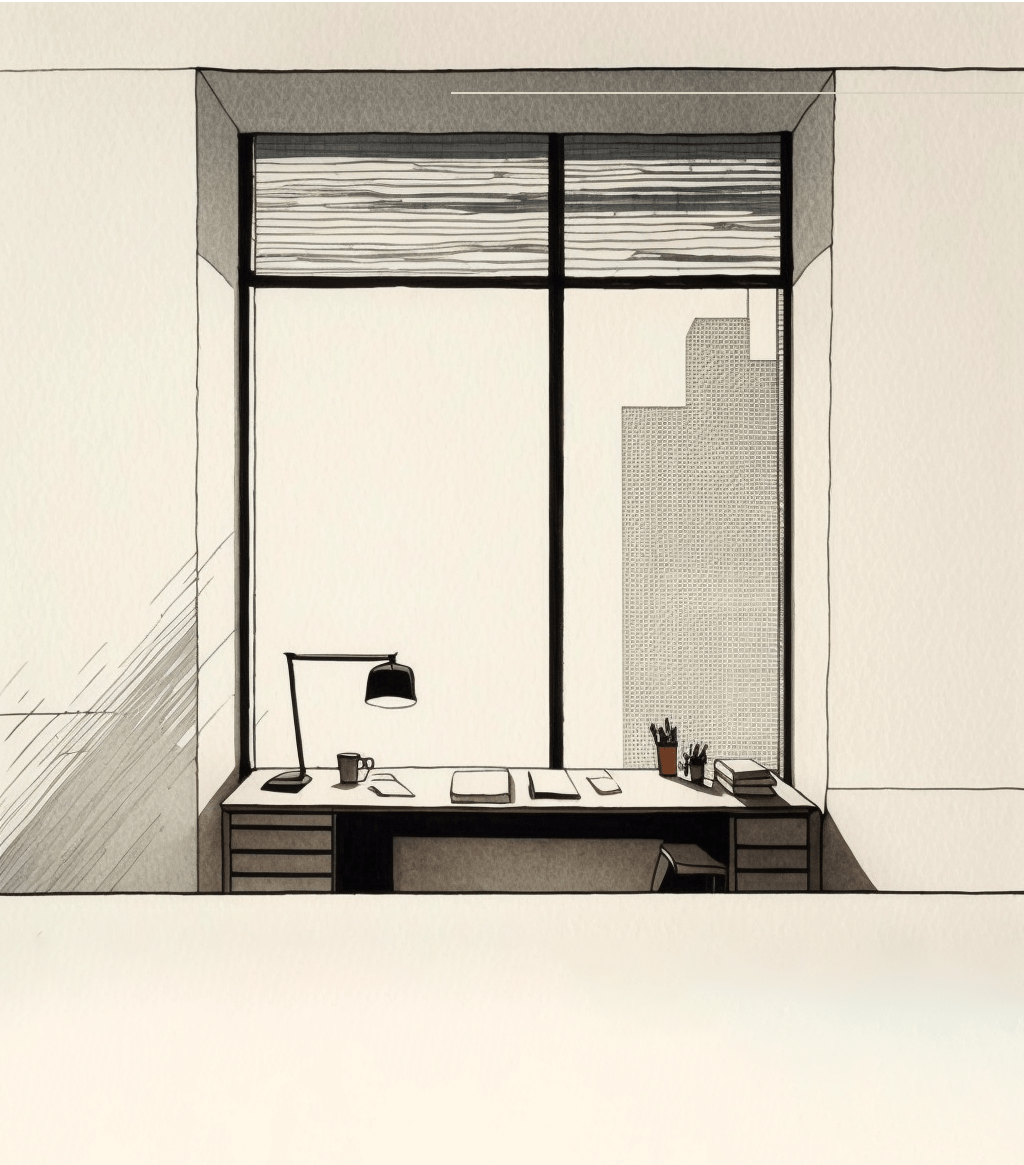

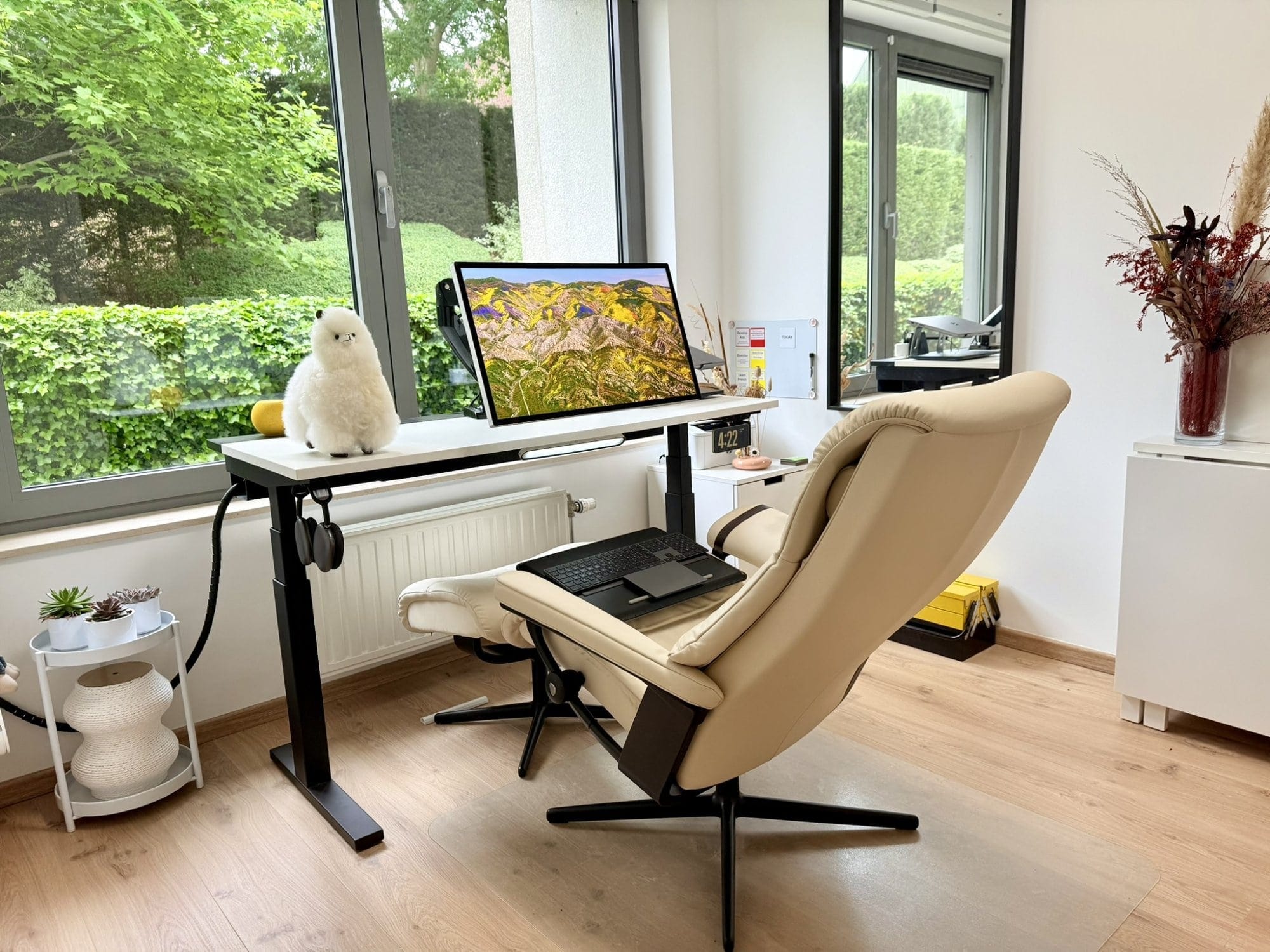
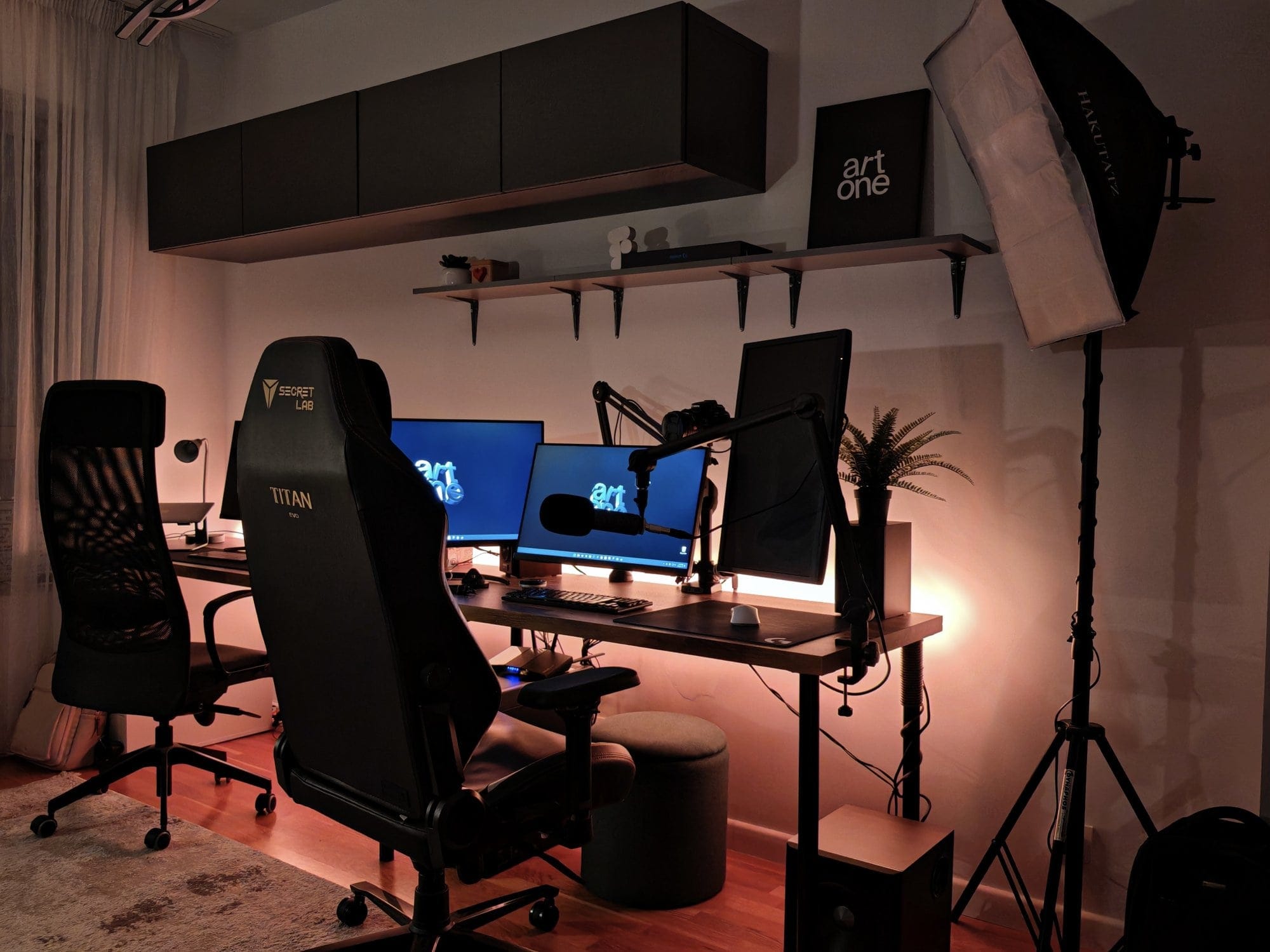
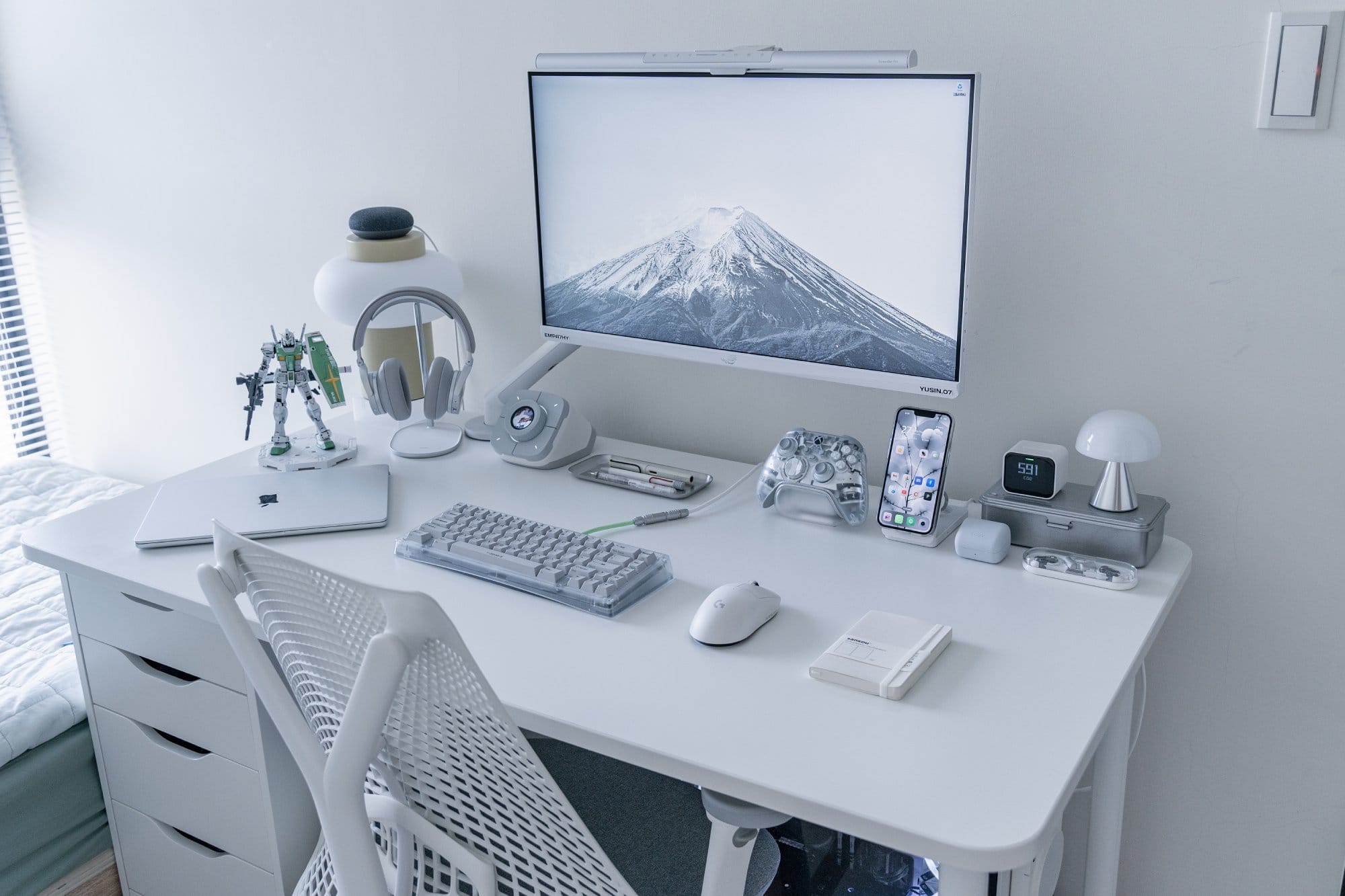
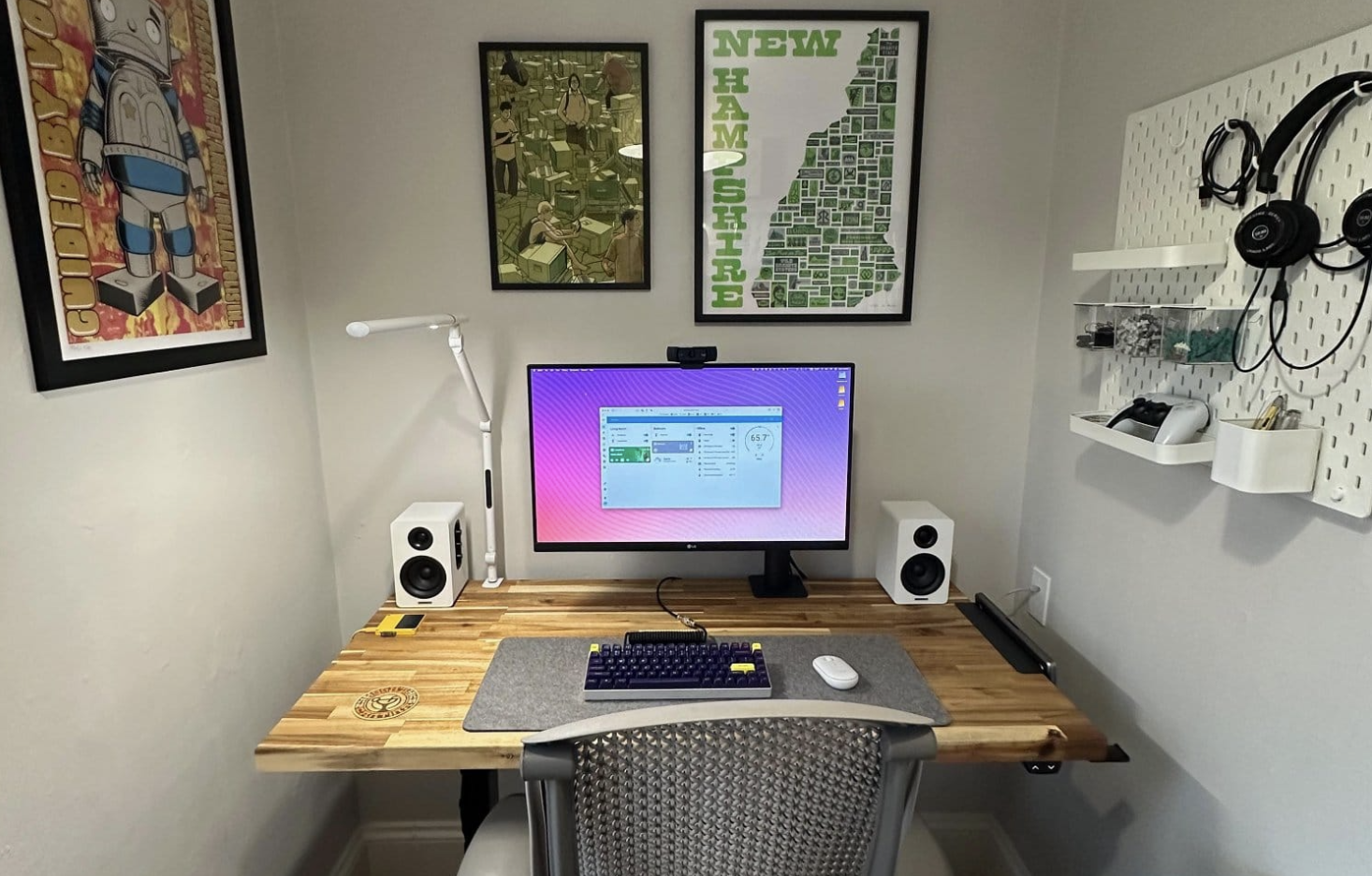
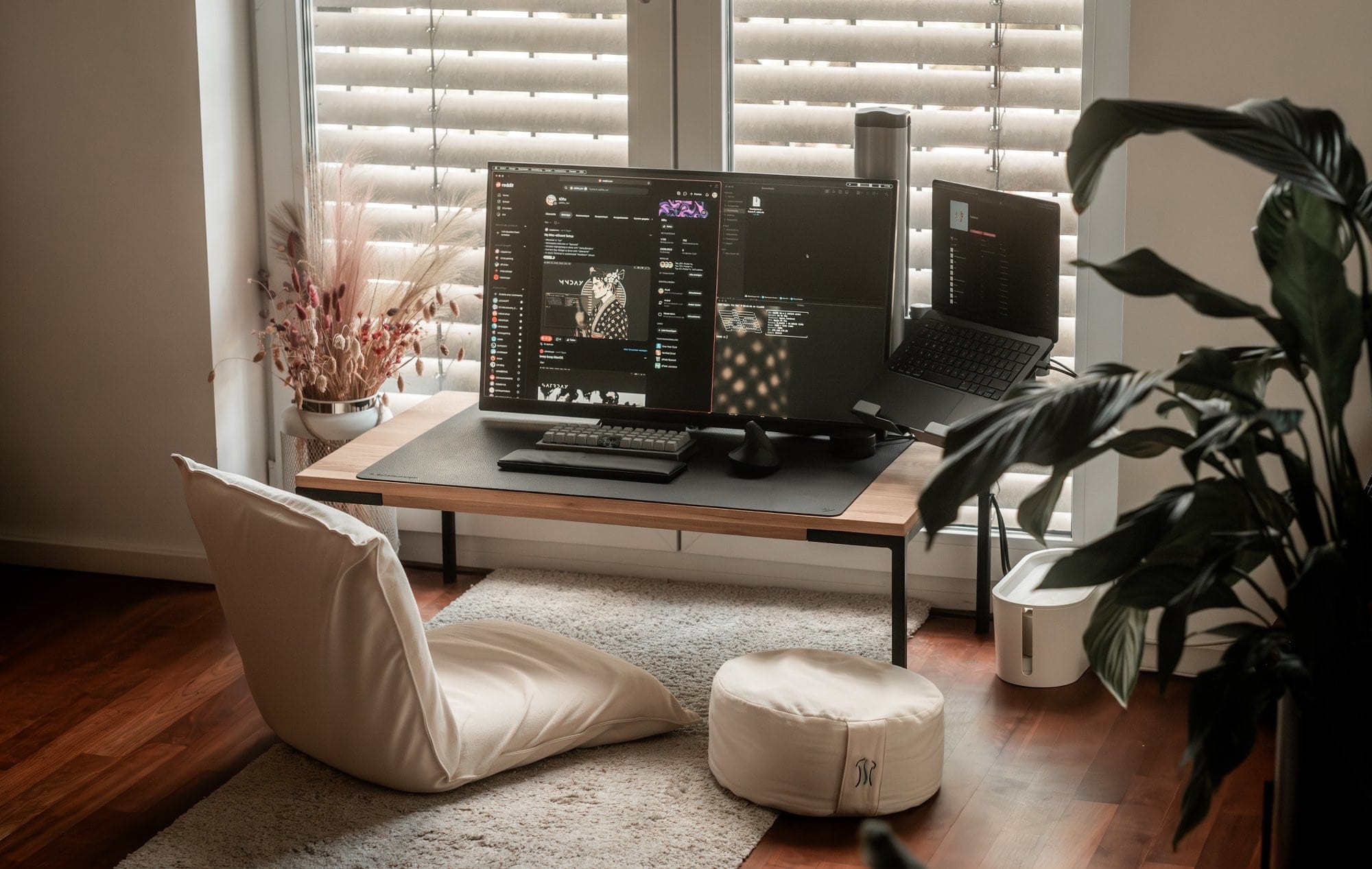
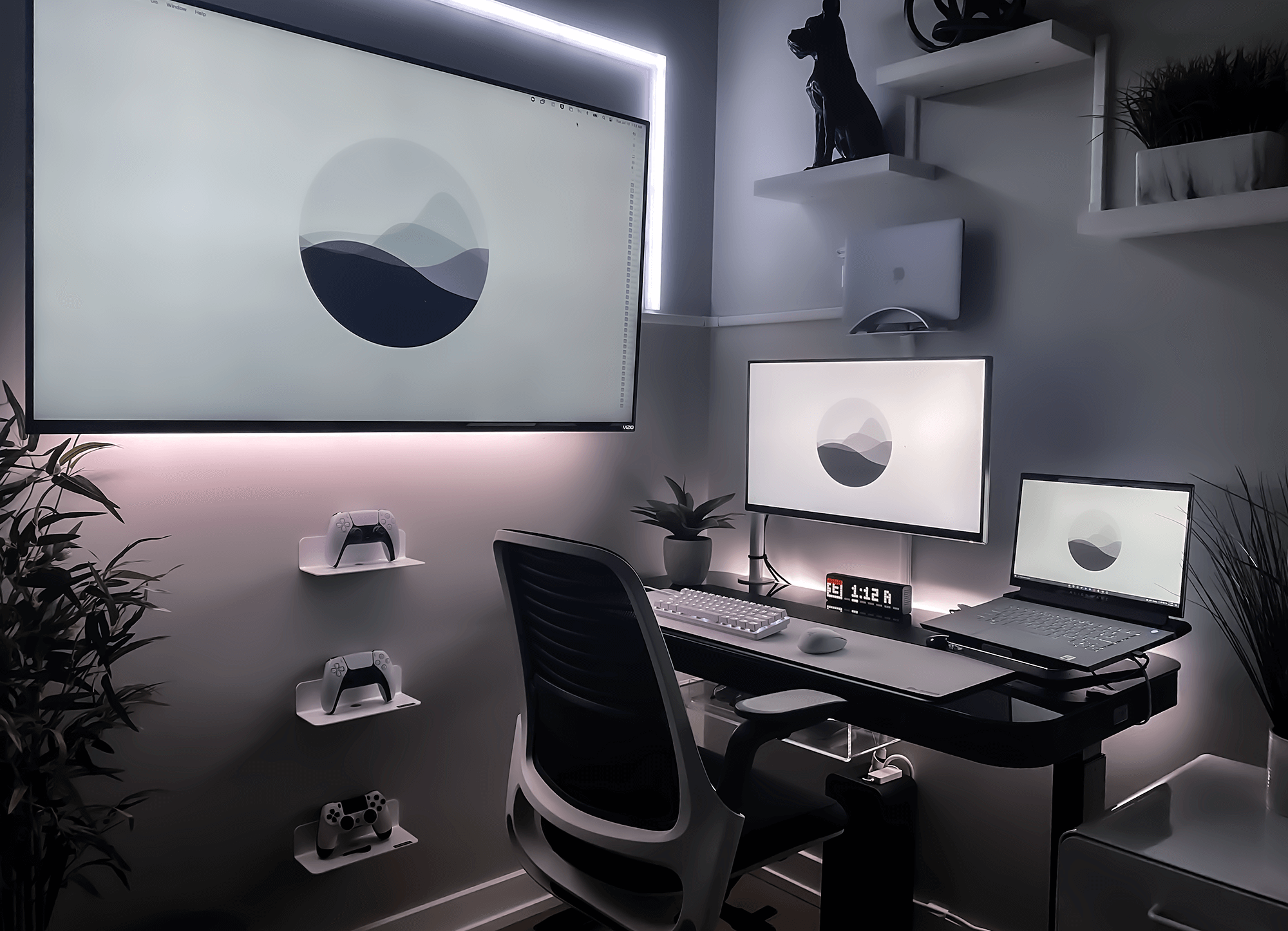
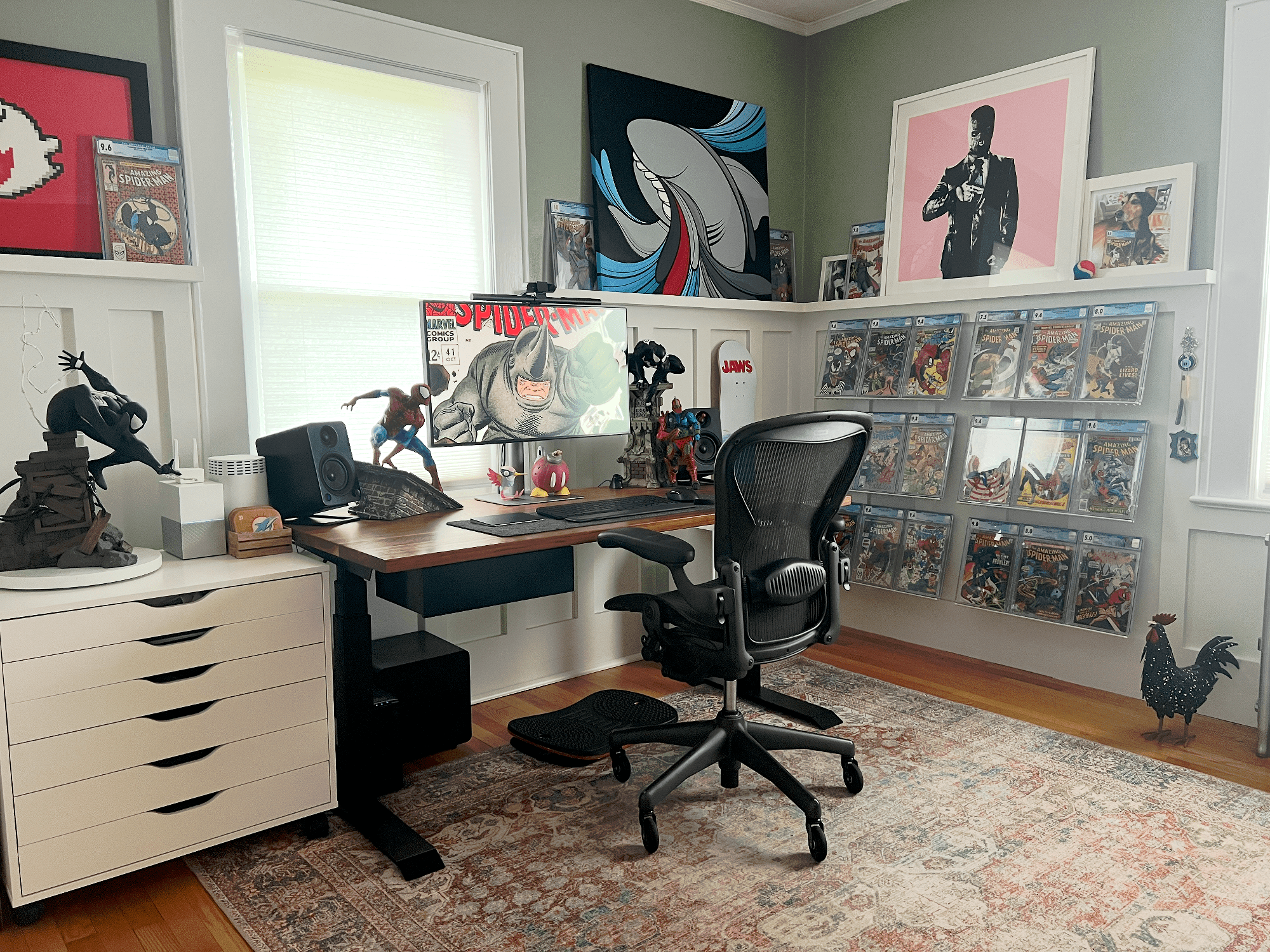
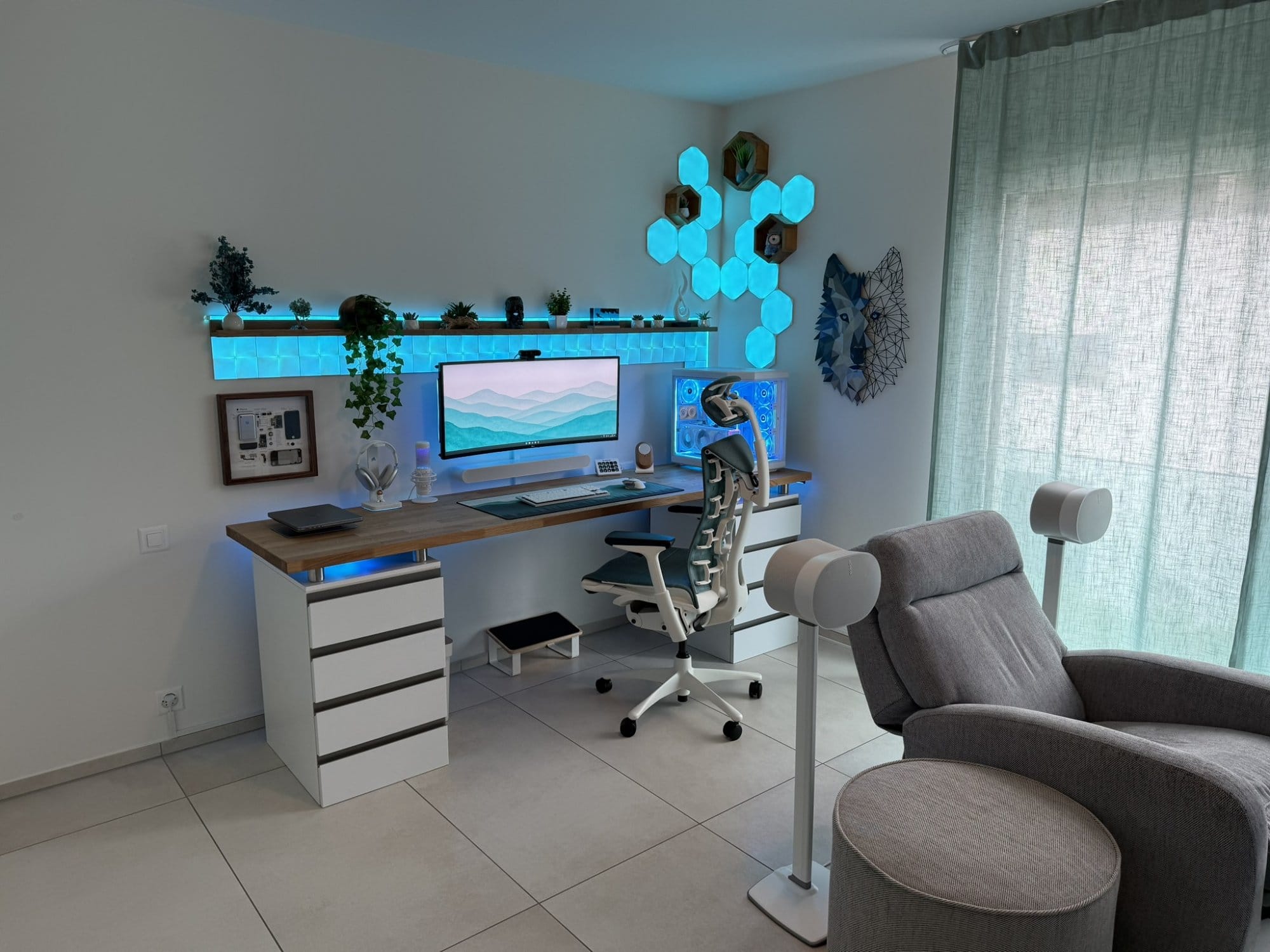
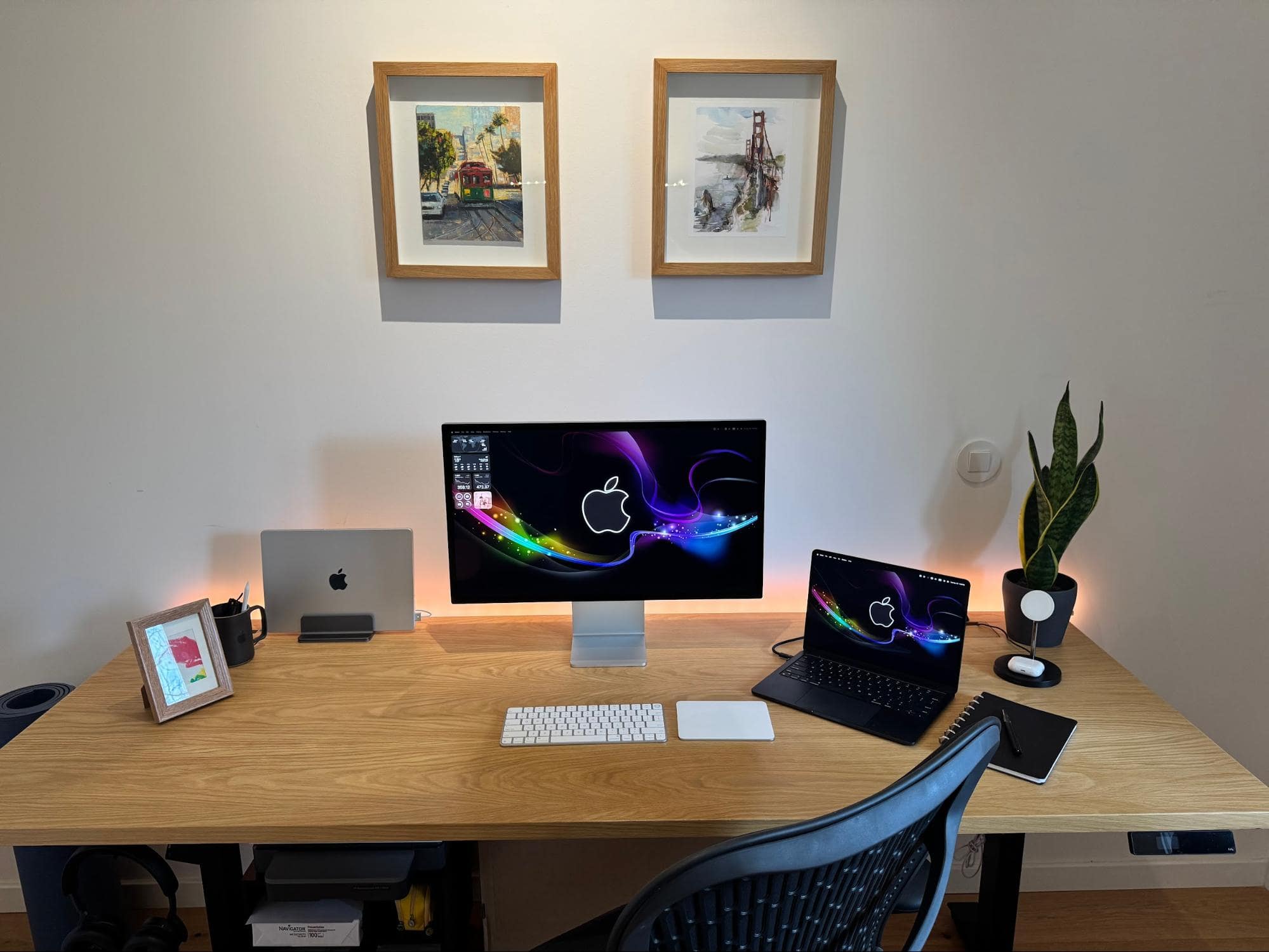
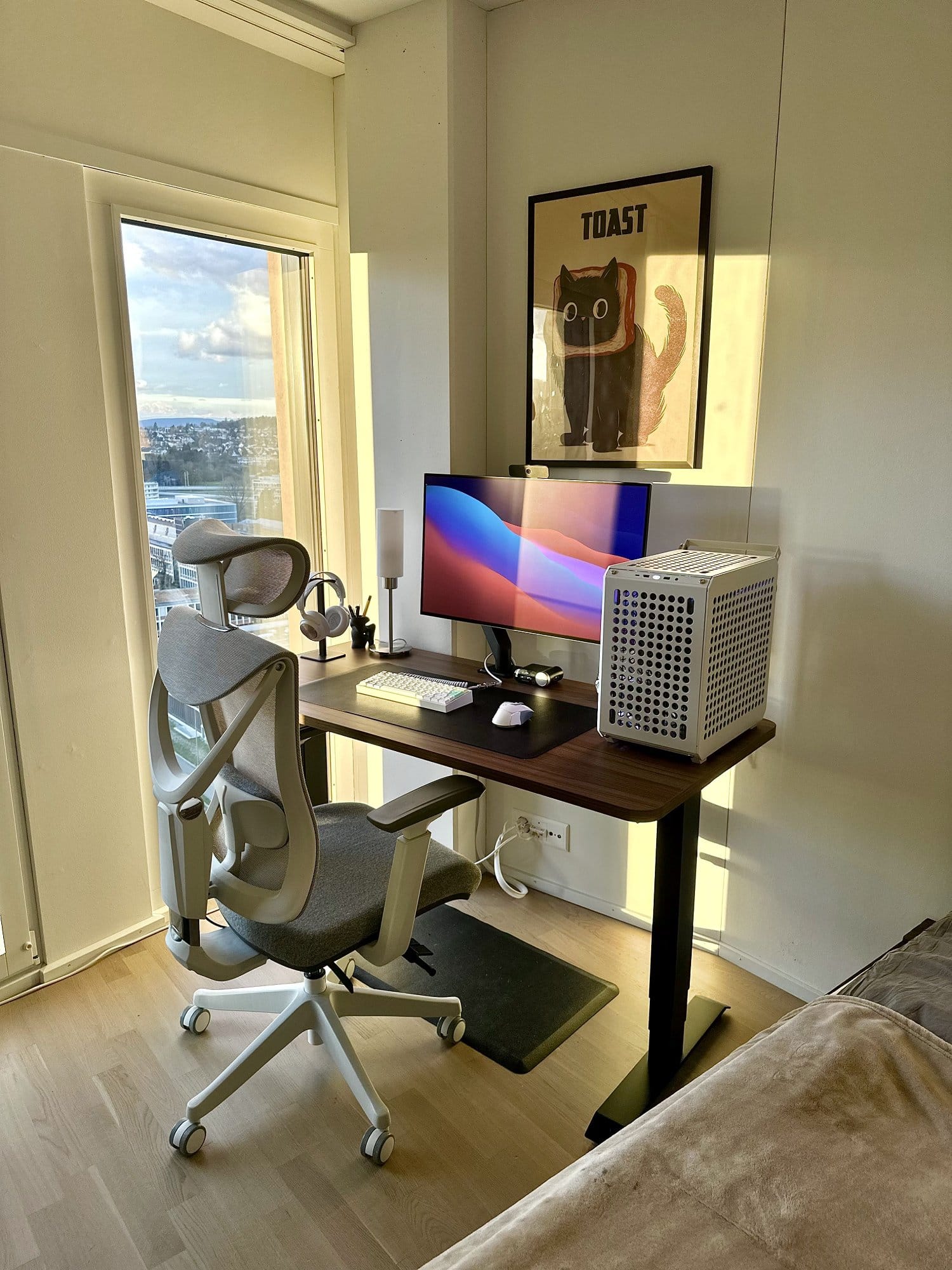
Discussion